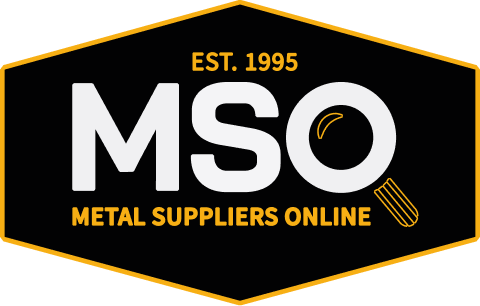Back To Browse
Aluminum
Aluminum 1100 -O
Aging Procedure
This is commercially pure aluminum without any alloying elements. As such it is not responsive to any age hardening treatment.
Annealing Procedure
Annealing, if required because of severe cold working for example, may be done at 650 F allowing sufficient time at temperature for the part to be uniformly heated throughout. Air cool after annealing.
Applications
Commonly used for decorative domestic (home) items, or architectural trim or moldings.
Cold Workability
This alloy has excellent ductility and as such may be cold worked by spinning, drawing, bending, or stamping. In the event of severe deformation, or repeated cold forming, it may be necessary to anneal the part at 650 F during cold working, or upon compl
Corrosion Resistance
Good resistance to atmospheric corrosion, and fresh or sea water. Also resistant to corrosion from common food products, common petroleum products and organic acids.
Forgeability
The alloy is easily forged at moderate temperatures in the event that cold forming seems to be too severe.
Formability
This alloy may be readily hot or cold worked by all conventional means, such as spinning, drawing, or forging. It is possible to perform major cold working before a re-anneal is required because of the good ductility of pure aluminum.
Hardening Procedure
Hardenable only by cold working. Severe working may necessitate annealing.
Heat Treatability
This is commercially pure aluminum and does not respond to any heat treatment. Cold working will cause hardening of the alloy.
Hot Workability
The alloy can be hot formed, similar to forging, if need be. In most instances cold forming is sufficient because of the good ductility of this pure aluminum.
Machinability
Readily machined, preferably using carbide tooling. Lathe cutting may be done dry, unless heavy cuts are made in which case oil lubricants may be used. Cutting tools should have large rake angles (top and side), similar to tooling for the cutting or ma
Other Comments
This is commercially pure aluminum and widely used for applications involving good formability such as pots, pans, and architectural decorative items.
Principle Design Features
Commercially pure aluminum.
Tempering Procedure
This alloy is hardened by cold work only and various tempers, such as H14, refer to the degree of cold reduction of area or extent of strain hardening by cold work.
Weldability
Readily welded by commercial techniques such as electric resistance, inert arc, gas welding with inert-gas shielded arc preferred. Filler metal of Aluminum 1100 alloy should be used. If welding AL 1100 to a higher alloyed aluminum alloy, such as 6063
Known Forms
Beams-H
Beams-I
Channel
Discs
Flat Bar
Foil
Hexagon Bar
Pipe-Seamless
Plate
Round Bar
Sheet
Sheet-Perforated
Square Bar
Strip
Tees
Tube-Rectangular
Tube-Round (Seamless)
Tube-Square
Wire-Round
Zees
Angle
Angle-Unequal Leg
Coil
Half Round
Octagonal Bar
Shapes-Extruded
Additional Data
Specifications
4001Dismiss
Chemical Elements
| Aluminum | Balance |
Physical Properties
Density: 0.098lb/in³
Melting Point: 1195°F
Specific Gravity: 2.71
Thermal Expansion: 13.1µin/in·°F
Mechanical Properties
Modulus of Elasticity – Tension: 9.9MSI
Thermal Expansion
| Condition | Min | Max | Expansion Coefficient |
|---|---|---|---|
| Annealed | 68 °F | 212 °F | 13.1 µin/in/°F |
| Annealed | 68 °F | 392 °F | 13.7 µin/in/°F |
| Annealed | 68 °F | 575 °F | 14.2 µin/in/°F |
Find the metal you're looking for today.

